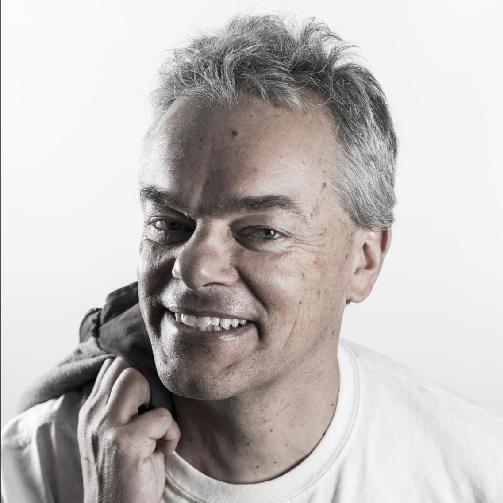

Friday 8th of July - 15:00
MINI2P
The spatial mapping system of the mammalian entorhinal cortex and hippocampus is one of the best-characterized functional circuits at the high end of the cortex. Over the past few decades a number of specialized position-coding cell types, including place cells, head direction cells and grid cells, have been discovered in this system. We are now investigating, with new technologies, how space is encoded in freely moving mice at the neural population level, not in individual neurons but among hundreds to thousands of neurons that work together.
In the context of this program, we recently developed a new generation of miniature portable 2-photon microscopes, MINI2P, which we have used to visualize activity in large networks of grid cells in the entorhinal cortex while mice perform natural and navigational behaviors. We have demonstrated that MINI2P can be used for imaging during vigorous behaviors such as climbing, jumping, and threat-induced fast escape.
All information about MINI2P is open access, with instruction videos, code, and manuals on public repositories, and workshops will be organized to help new users getting started. MINI2P permits large-scale and high-resolution calcium imaging in freely-moving mice, and opens the door to investigating brain functions during unconstrained natural behaviors.
Find out more about Weijian’s research Find out more about Edvard’s research
Edvard Moser is interested in how spatial location and spatial memory are computed in the brain. His work, conducted with May-Britt Moser as a long-term collaborator, includes the discovery of grid cells in the entorhinal cortex, which provides the first clues to a neural mechanism for the metric of spatial mapping. Subsequent to this discovery the Mosers have identified additional space-representing cell types in the entorhinal cortex and they are beginning to unravel how the neural microcircuit is organized and how grid patterns are generated. Edvard Moser was the Founding Director of the Centre for the Biology of Memory, a Research Council-funded Centre of Excellence with a life time from 2003 to 2012. In 2007 the Centre became a Kavli Institute, with Edvard Moser as the Director. Nobelprize: Edvard Moser shared the Nobel Prize in Medicine or Physiology 2014 with May-Britt Moser and John O'Keefe.

